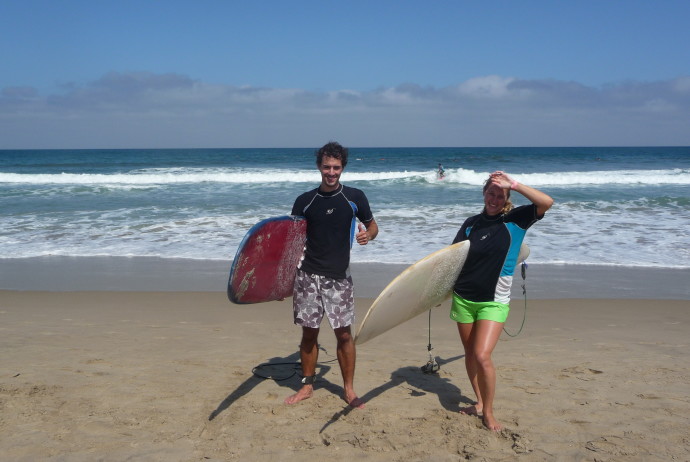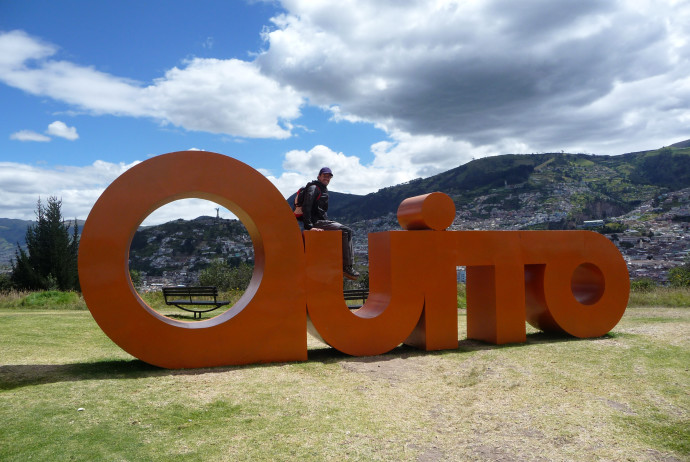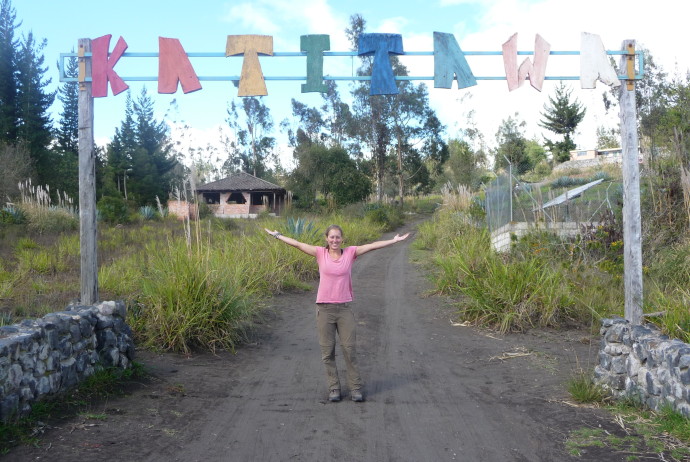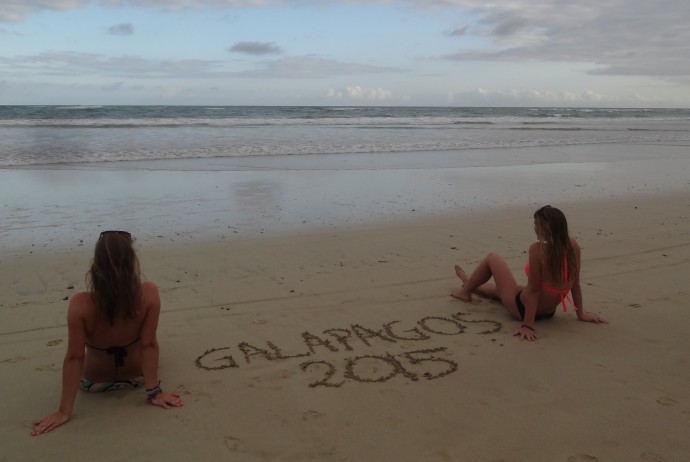When we got on the bus to Montañita in Baños we were wearing sweaters underneath our warm jackets. However, the closer we got to our next destination, the more layers we could take off. Eventually we arrived, wearing shirts and shorts only, but were still sweating. In spite of that, we were super happy and excited, not only to discover Ecuador’s #1 party and surf town, but also, and maybe even more so, we were satisfied to be far, far away from our bed bugs invested beds in Salasaka. Originally, the plan had been to stay four nights which however eventually turned into eight. We enjoyed this place too much, we simply could not make ourselves leave earlier. So, what exactly did we do with all our time here? In fact, not altogether that much! We just went for strolls on the beach, worked some more on our tan, joined the crowd of surfers trying to catch some waves, ate lots of ice cream and chocolate croissants (check out the recommendations for details!) and did not waste too much time sleeping. All in all, we blended in quite perfectly with the rest of the backpacker crowd here, enjoying the laid-back Montañita life style with the undeniable hippie touch – and smell. Even after more than a week we had a hard time saying goodbye to this place and even more so to some really awesome people we had met there. Eventually though, after having postponed it various times, we successfully boarded a bus, headed towards our next destination: Quito.
When in Montañita
Where to sleep: Hostal Casa do Trasno is more a hotel than a hostel, and in fact, due to its cleanliness and bed bugs free beds it felt like heaven on earth to us. Also, it is just a few steps away from the beach and right in the middle of all the action in town: the restaurants, bars and clubs.
Where to eat & drink: We found the Peruvian restaurant “Brisa Sabores” on our first day here and thereafter returned every day to try some more of the delicious dishes on the menu. The owner is a really nice guy too – he knew us by name in the end and we even watched a Copa America game together. For dessert, or breakfast, a sweet snack or whatever other reason to eat you can think of, definitely make sure to stop at the small bakery in the same street where also Brisa Sabores is located. They serve mouthwatering chocolate croissants that are well known by every chocolate lover in town. We went there up to three times a day – not exactly good to keep up the bikini body, but so worth it!
What to do: Try to catch some waves and also visit the close by town of Puerto Lopez to go on a whale watching tour. If you go there by yourself and organize the tour it is quite a bit cheaper than to do it in Montañita.







